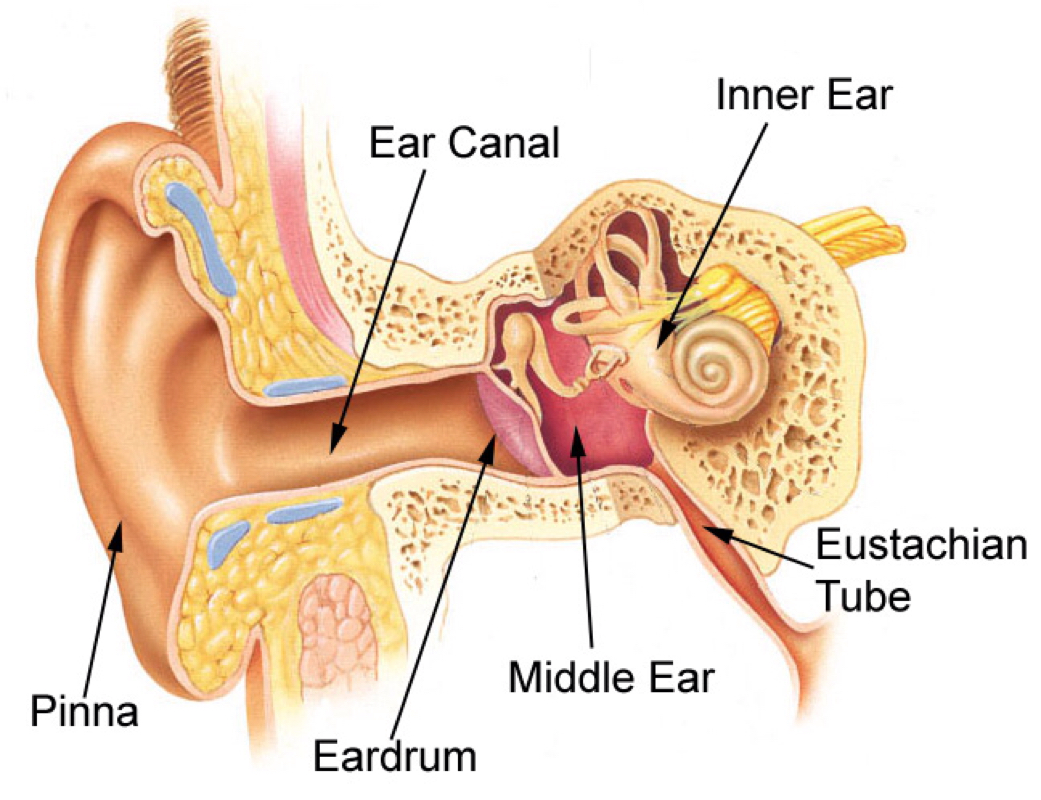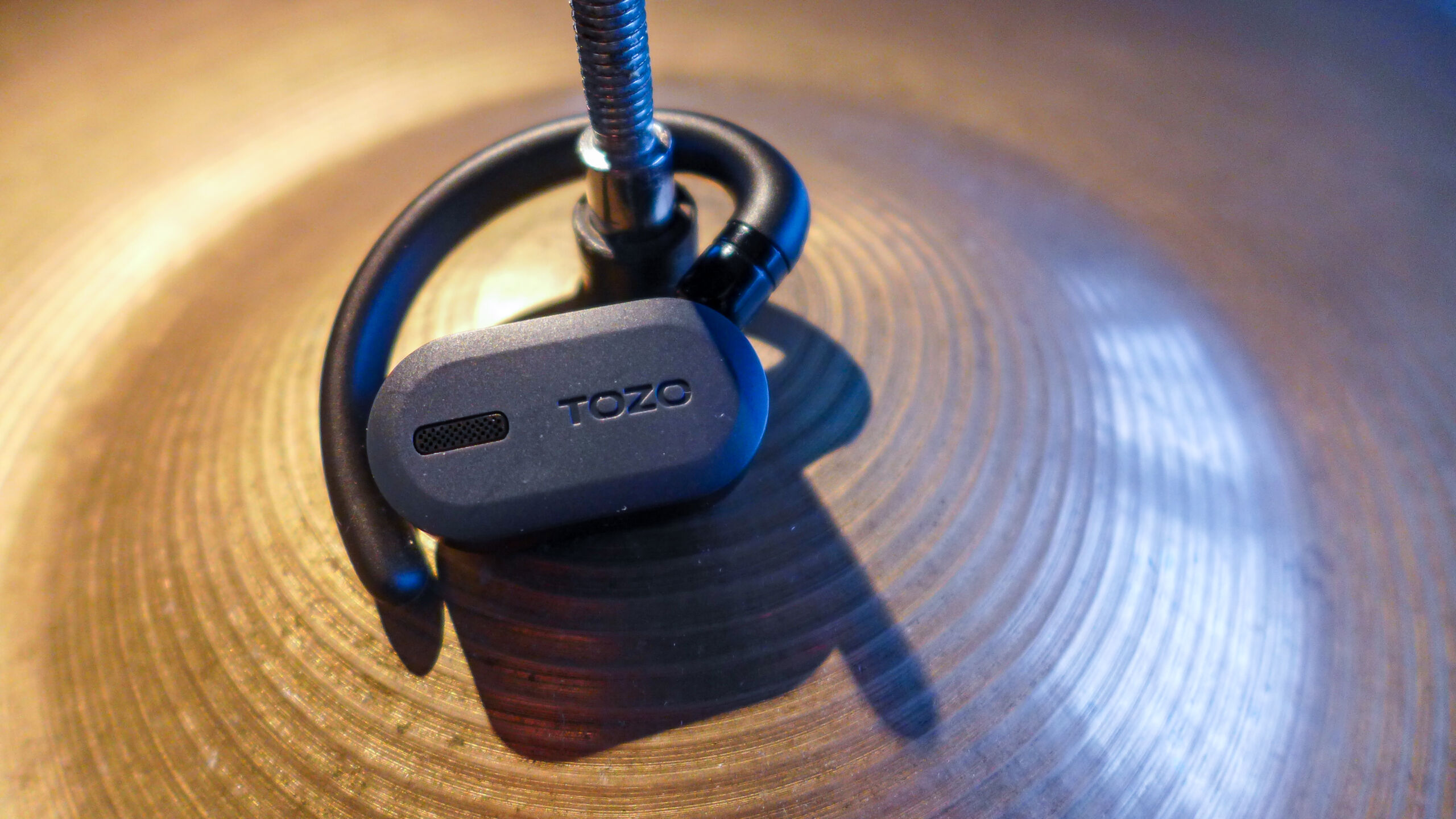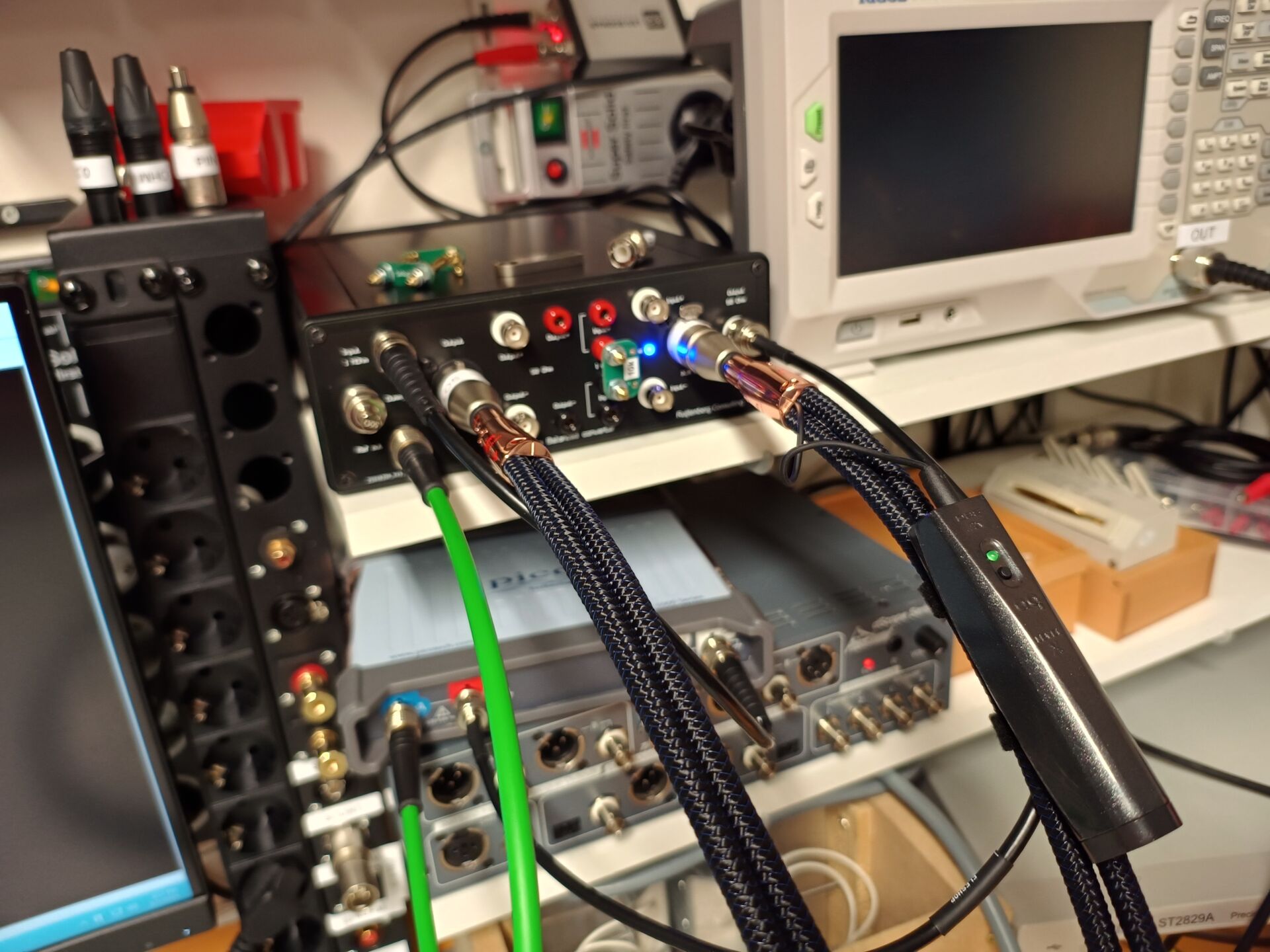

Intro
Contents
On vacation, you have plenty of time to read and philosophize. And so your author has done just that. It has fascinated your author for some time that in our lovely hobby we can often hear things, but cannot yet explain or measure them. Now that it is time for some relaxation, there is plenty of time to read about that and try to make some ‘logical’ connections between the workings of our ears and the perfomance of our hifi systemens. And of course: how we experience that. What a little mountain air can do!
Our ears are a very special organ. Yet sometimes we hear “Oh well, we actually hear very little! And hearing deteriorates with age. At 70, we can no longer hear anything above 10 kHz…! So why invest in expensive hi-fi?”
Granted: we hear less high frequencies as we get older; there’s not much you can do about that aging process. Although young people accelerate it enormously by wearing headphones that often play far too loud, for far too long.
However, frequency response is only one element of a whole range of properties. What about extremely precise localization of sound sources? Or dynamics and flawless recognition of instruments based on the type of harmonics? And so we could go on and on….
Minuscule!
Perceiving sound is done on the basis of registering pressure differences. That in itself is nothing new. What was new to your author, however, is the precision with which this is done. If we tell you that – on average – we live in an air pressure of about 101325 Pa (or 101.325 KPa), or 1.01 bar, you may think: sure…. 1 bar… But did you know that our ear can detect a difference of 0.005 Pa? That’s a difference of 5 millionths of a percent!
And to perhaps put it even more in perspective: we’re talking about a space of motion, less than the diameter of one atom… that’s how sensitive hearing is.
Perhaps this clears up why we sometimes hear things we cannot – yet – measure. Although we estimate that we often don’t know where to look either when we try to explain a certain phenomenon. Think of the influence of cabling or the audible differences of filters.
The impact of sound

Now, our society is much more focused on vision than on hearing. Perhaps because sight works a little easier in our daily lives? We can easily see where we are walking. That way we avoid tripping. Sight can also work well at a distance; especially in high contrast. This is skillfully used in advertising.
And what about writing? That has made it easy to spread messages widely. Though radio can do that too, of course. (Radio, however, is a much more expensive medium, but this is another discussion).
With the rise of visual – highly stimulating – media, hearing (our opinion) has been somewhat disadvantaged as a “secondary sensory option”. Not to mention smell, taste and touch. Partly because of the “brute force” of our sight, many people may have gotten the idea that hearing is less sensitive than our eyes. And may also have less impact. Nothing could be further from the truth!
Go watch a movie without sound. That’s jsut ****! The whole atmosphere disappears. Or – if you ever get the chance – change the music (Dutch video) of a movie: you get the feeling that you are watching a completely different movie…. that’s how powerful music is. (And hearing).
A comparison
Let’s try to add some specifications to hearing and seeing. Now it is very difficult to compare sight and hearing directly. But if we do try, we can say that our hearing covers about 10 octaves and has a dynamic range of about 140 dB: from roughly 0dB to 140dB (which is already past the pain threshold). However, the dynamic range is not linear. We are more sensitive in the midrange. And our ears “compress” at very loud signals. This is why some sources keep it around 120 dB. If we take into account the always present background noise and the fact that we hear very low and very high frequencies less loudly, we can also say that we have a range of around 100 dB, but now we enter a bit into the world of psychoacoustics.
Well, 10 octaves and – on the safe side – 120 dB may not seem like a lot, but if we compare it to sight, we see pretty quickly that our ears are actually better developed than our sight. After all, our eyes see from red – 400 THz – to violet – 780 THz: that’s one octave: nine less than hearing!
Comparing dynamic range is trickier, because with light – if we compare it to the camera and film world – it works with “stops”. Not everyone agrees on how many stops a human eye can perceive. The average range for a human eye is about 14 stops. These stops are also not directly convertible to octaves. But if we assume 6dB per stop – source – something used by most sensor manufacturers – we come to a dynamic range of 84 dB.
We people still see reasonably well and we can get by with our vision just fine. But we can’t ignore the fact that purely statistically our ears “outperform” our eyes.

We find it remarkable then that our society leans so much on sight. Everyone wants the prettiest and biggest TV with more and more pixels. And that while even at a small distance we already cannot tell the difference between Full HD and 4K unless you stick the lens of your eye on the panel (Source). Let alone between 4K and 8K or more…. We are not talking about better image processing and better color range with hdr for a moment…. those are factors separate from the amount of pixels.








Good summary about physical hearing measurements and music. Sounds like a real learning experience for you. The next step is about listening, i.e., the ear-brain-mind connection, which of course is a lot more complex and complicated. Genetics, training including musical experience and exposure, effects of damage done to hearing and aging, tonal preferences and more all play a role.
Hey Gene,
Thanks… yes, it was a very nice learning experience. I love that. The ear-brain connection could be the next step indeed!